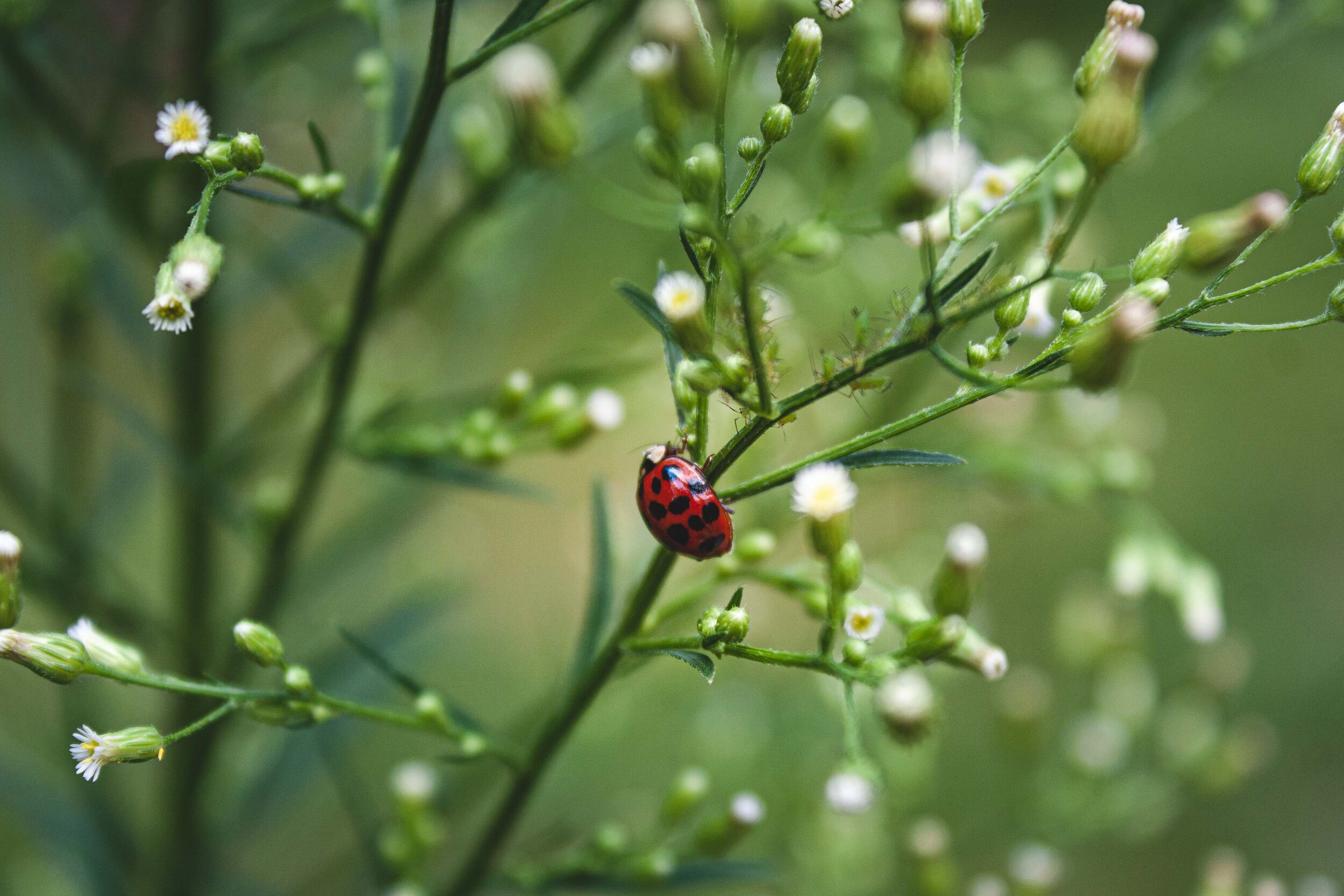“A person with a clear heart and open mind can experience the wilderness anywhere on earth. It is a quality of one’s own consciousness. The planet is a wild place and always will be. And we’re surrounded by the greatest of all wildernesses — the universe.”
Wednesday Thoughts
When White Men set aside areas for Conservation so that Tourists could come and see the Beauty of Their/Our? Land or the “Ethnic Cleansing and America’s National Parks”
In 1872 the very first National Park was formed, not only the first in US but in all of the world, Yellowstone National Park. This was not the first time an area was set aside from expansion though, other areas such as Yosemite Valley in 1864 (Yosemite Grant Act) and Hot Springs in Arkansa in 1832 (Supposedly the first National Park but since congress failed to pass legislation, there were no controls over the area). My own impression of the wordings of some of these wilderness acts were that no one, not even the natives were to live in these areas. Environmentalists, conservationists and writers such as John Muir shared those views. To conserve and view the wilderness as something pure and wild, and we should only connect to the wilderness spiritually by observation, and so all the Native American populations across the US that previously had populated these wild and pure areas were moved and relocated to reservations. It was not as easy as the previous sentence make it sound, and ended with wars and massacres between the native Americans and the US Army, for instance the Nez Perce War in 1877. Obviously, to preserve and keep these wild areas free of anyone living there was not the only, and certainly not the main reason for the creation of reservations across the US. Just like in other places, like in Sweden, the country’s relationship with the natives is a complicated one. In some way ironic that white men would set aside these areas for conservation so that tourists could come and see the beauty of the land, but without the natives who once depended on these landscapes for survival, and had roamed these areas for thousands of years. In 1994 we got the Native American Policy, that most recently was revised in 2016, a step in the right direction when it comes to acknowledging the native population and their culture. I think it’s a complicated but important topic, we want to enjoy seeing these protected areas, but sometimes fail to understand the somewhat dark history about the creation of them. And what I am writing here is not by any way short of how many countries have treated their native population, or the whole story about how the US have treated (and currently is treating) their native population. I encourage you, if you are interested, to read more about the culture and history of Native Americans, or any other Native population across the globe.
“We took away their country and their means of support, broke up their mode of living, their habits of life, introduced disease and decay among them and it was for this and against this they made war. Could anyone expect less?”











